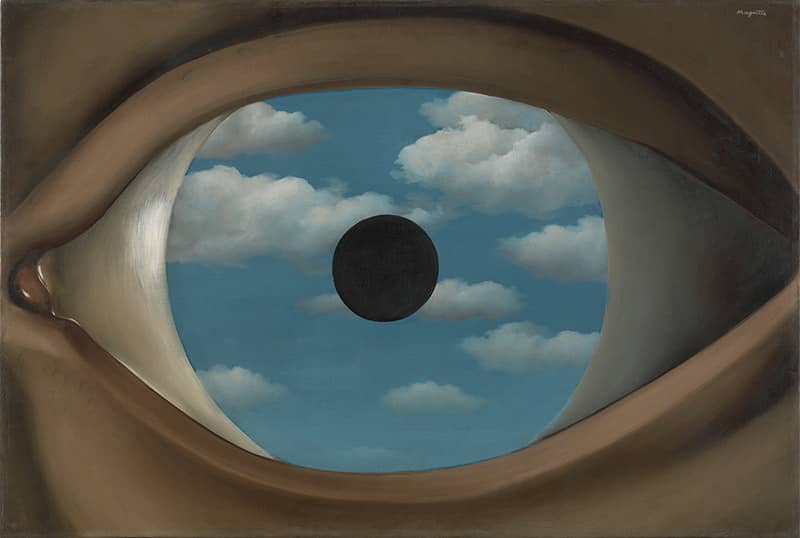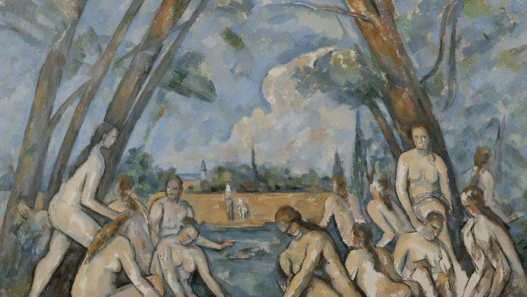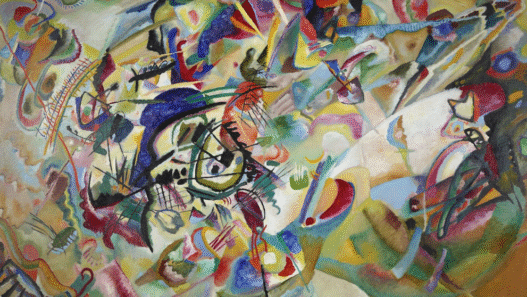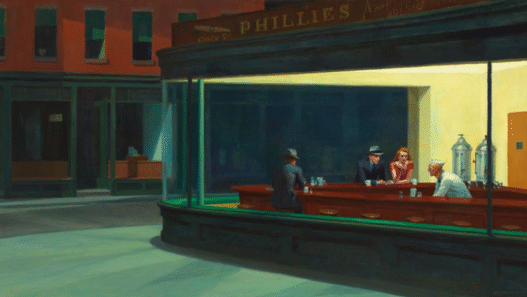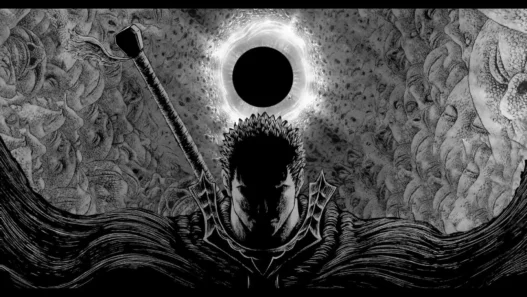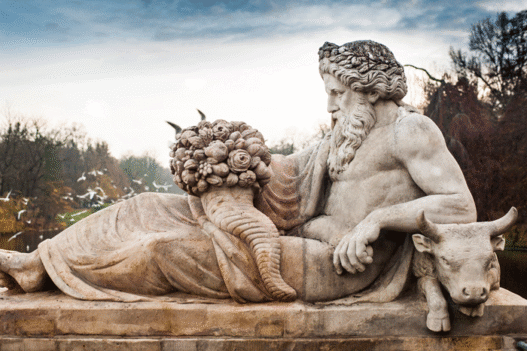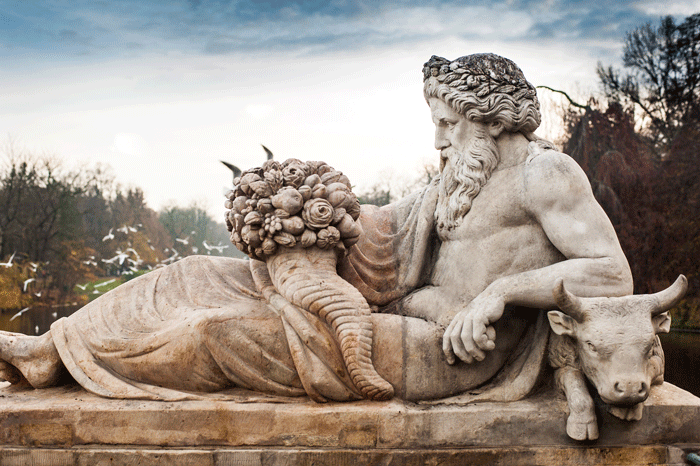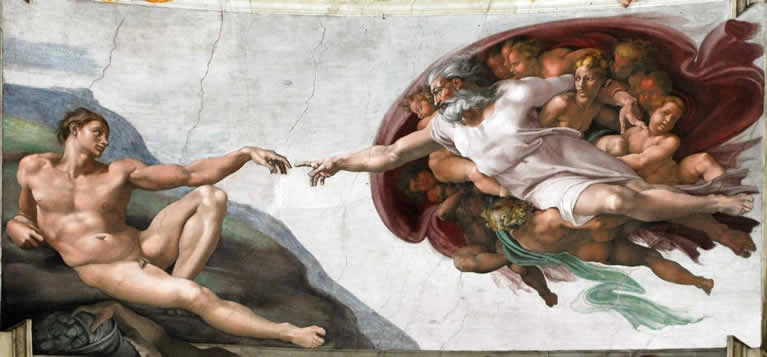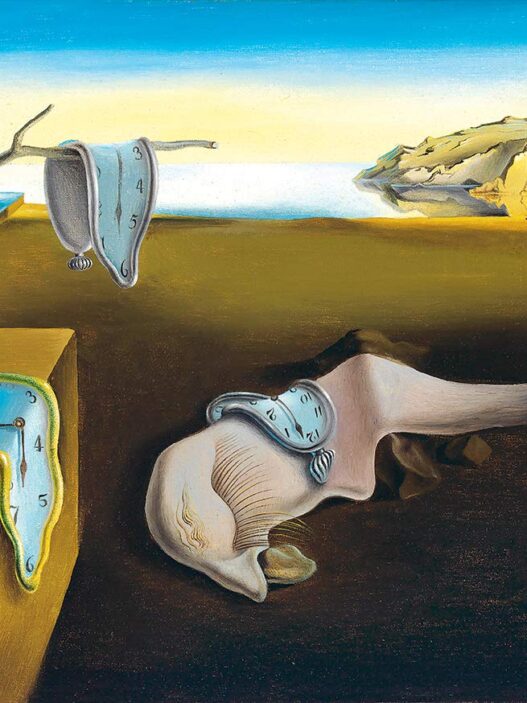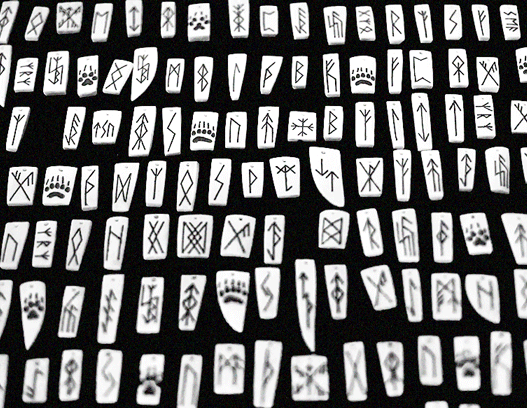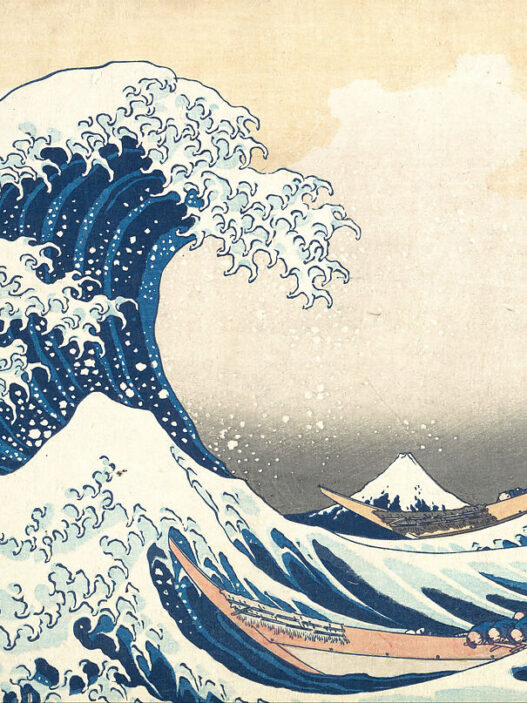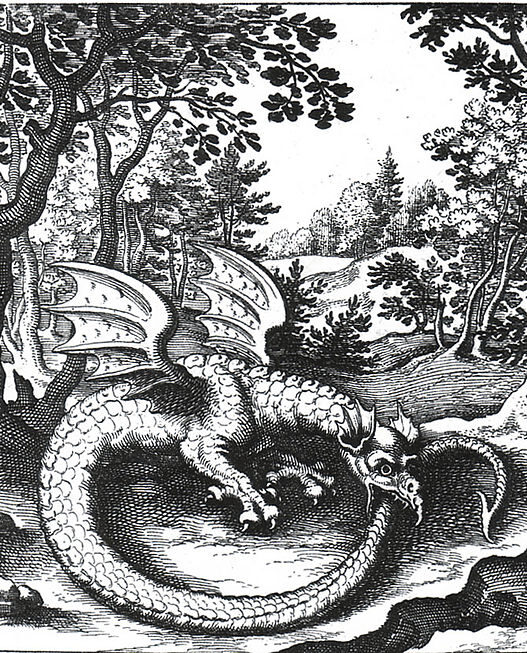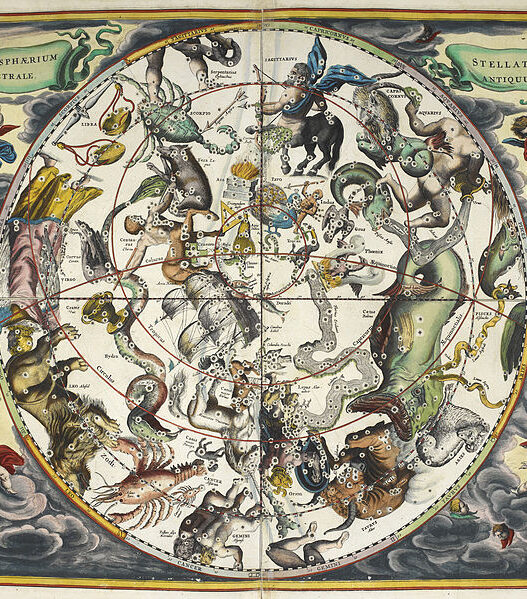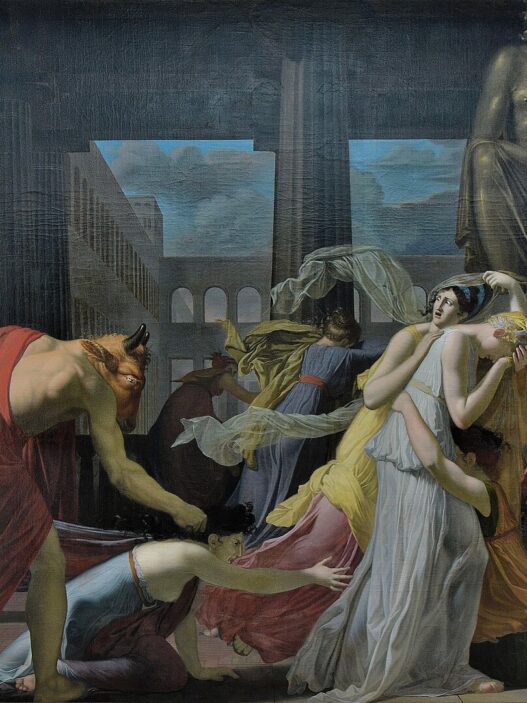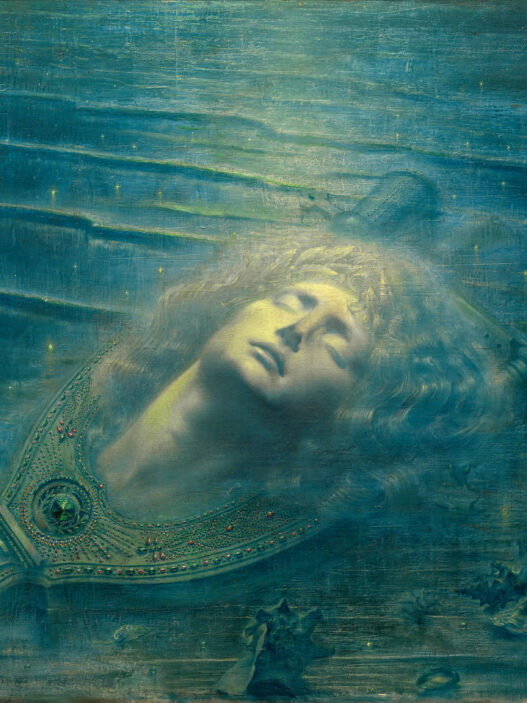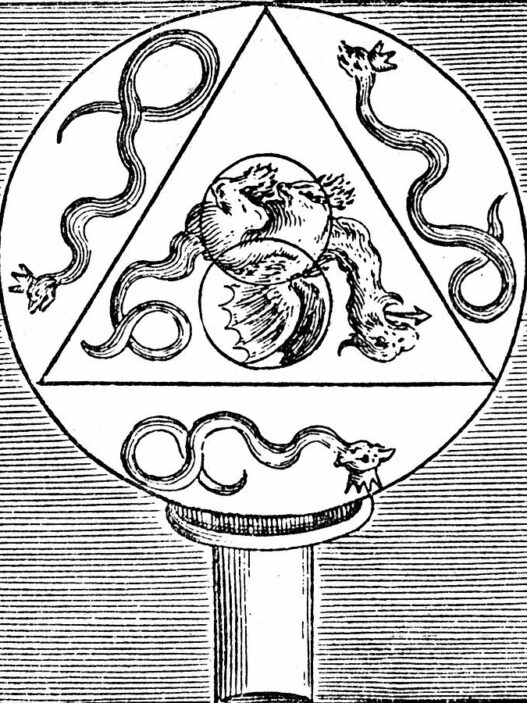Mythology in Art is Beyond Powerful
Myths and symbols have always been a captivating source of inspiration for artists, influencing various forms of artwork across art history. Painters for several decades have decoded the symbols and themes of the mythology in Art. Greek Storytelling is is full of magic, twists and turns that rediscover what it means to be human.
Power of Mythology in Art
Mythology has always been a captivating source of inspiration for artists, shaping visual storytelling across centuries and continents. From ancient civilisations to archaic myths and legends, mythological figures like the centaur are often represented in art.
Prometheus, a figure from ancient Greek mythology, symbolises the quest for knowledge and the consequences of defiance., the defiant bringer of fire, and epic tales like the Trojan War have offered artists enduring frameworks to explore complex themes. These stories are not just relics of the past, they embody universal questions about identity, morality, life and death, and the relationship between humanity and the divine.
Today’s conceptual artists continue to draw on these mythic archetypes to challenge modern views on sacrifice, fate, freedom, and transformation.
Why Greek Mythology Still Matter
If you’re anything like me, and inspired by greek mythology In particular. Figures like the Roman goddess of love, Venus, are often central to artistic interpretations. Medusa, Orpheus, Pandora, Andromeda and Aphrodite appear repeatedly in both classical sculpture and modern visual art, their stories offering a lens through which we examine love, loss, vengeance, and transformation.
Some of the most iconic works of art draw directly from Greek myth:
- “The Birth of Venus” by Botticelli (view)
- “The Death of Orpheus” by Jean Delville (1893) (view)
- “Minotaur” by Pablo Picasso (view)
These artworks transcend time not because of their technique alone, but because they tap into symbolism every artist should know.
Archetypes, transformation, and the human condition.
Greek Mythology as a source of Inspiration
Greek mythology is filled with tales of gods, goddesses, heroes, and monsters that have inspired countless artists. The goddess of love, Venus, and the adventures of heroes like Perseus and Heracles serve as pivotal figures in numerous paintings and sculptures, showcasing the richness of ancient Greek stroytelling.
Artists such as Titian and Raphael have depicted scenes from these myths, creating masterpieces that continue to captivate audiences today.
Art Galleries and Mythology
Art galleries, such as the Royal Academy of Arts, display an array of art with symbols that highlight mythology in art Greek storytelling. These exhibitions showcase how artists like Bernini and Titian use mythology to convey deeper meanings and allegorical messages. Whether depicting the birth of Venus or the trials of Persephone, these artworks reflect the timeless nature of mythological narratives.
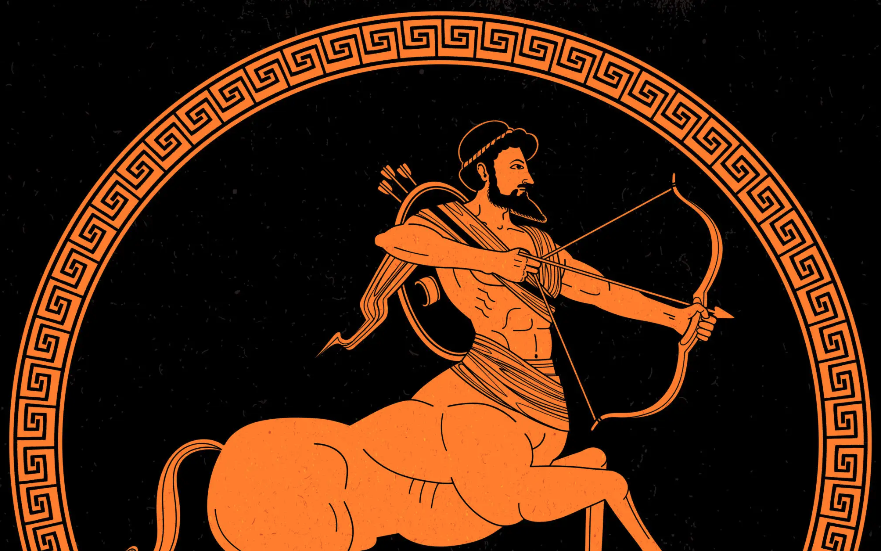
Mythological Figures and Folklore in art
Figures such as Apollo, Demeter, and the river god Cephalus have been immortalised in countless works.
From Classical sculptures and Renaissance frescoes to modern installations, each rendition highlighting their enduring mythic significance. The epic poems of Homer, particularly the Iliad and the Odyssey, continually inspire artists to retell ancient tales, emphasising the delicate balance between gods and mortals, honour and hubris.
In folklore traditions, these deities often appear in local festivals and storytelling, bridging popular myth with high art. For example, Apollo’s role as patron of music and poetry finds its echo in folk songs, while Demeter’s association with harvest festivals lives on in rural ceremonies that celebrate the turning of the seasons.
Even Cephalus, though lesser known, has surfaced in literary illustrations and contemporary video art as a symbol of love, loss, and transformation.
Today’s conceptual creators continue to mine these narratives for fresh perspectives. By studying how ancient symbols functioned in temple reliefs and medieval manuscripts, contemporary artists leverage art with symbols, the strategic use of iconography to convey complex ideas to craft works that speak to modern concerns like environmental stewardship, gender dynamics, and the search for meaning.
This fusion of storytelling and folklore, grounded in the Mythology of Art, proves that these archetypal stories remain vital and relevant, offering a rich symbolic vocabulary that every artist should know when exploring the human condition.
The Entire Story of Greek Mythology Explained
Today’s conceptual creators continue to mine these narratives for fresh perspectives. By studying how ancient symbols functioned in temple reliefs and medieval manuscripts, contemporary artists leverage art with symbols and the strategic use of iconography to convey complex ideas, to craft works that speak to modern concerns like environmental stewardship, gender dynamics, and the search for meaning.
This fusion of storytelling and folklore, grounded in the Mythology of Art, proves that these archetypal stories remain vital and relevant, offering a rich symbolic vocabulary that every artist should know when exploring the human condition.
Classical Mythology in Art
Classical mythology, particularly Greek and Roman mythology, provides a framework for understanding ancient beliefs and societal values. The Labyrinth of the Minotaur, the tragic love story of Orpheus and Eurydice, and the beauty of nymphs are common subjects.
For example, John William Waterhouse’s artwork often features complex artistic themes, including the nymph Echo, exploring the depth of human emotion through figures like Echo and Narcissus.
The Importance of Myths and Legends in Greece
Using mythological symbols allows artists to bridge personal expression with collective memory, grounding their work in shared human experiences. Whether you’re working in abstract painting, mixed media, or digital surrealism, these age-old stories offer powerful visual metaphors that never go out of style.
From Zeus, Athena, and Apollo to heroes like Heracles, Theseus, and Odysseus, and creatures like the Minotaur, these narratives form a key understanding of the human mind and why it operates in such a way. They are vividly depicted in Tate collections via paintings, sculpture, and especially Pre-Raphaelite works, which helped revive and reimagine classical mythology in the 19th century.
Zeus – King of the Gods, Symbol of Power and Authority
Zeus rules Mount Olympus and governs the sky, thunder, and justice. He symbolises divine law, leadership, and cosmic order. Artists often depict him holding a thunderbolt or seated on a throne, representing ultimate power.
Famous artwork: Phidias’ Statue of Zeus at Olympia is one of the Seven Wonders of the Ancient World.
Athena – Goddess of Wisdom, Strategy, and Art
Born from Zeus’s head, Athena represents wisdom, war strategy, and craftsmanship. She is a patron of heroes and a protector of cities—especially Athens. In art, she’s often shown with an owl, a shield, and the aegis.
Famous artwork: Athena Parthenos by Phidias, and The Birth of Athena on the Parthenon’s east pediment.
Hades – God of the Underworld and the Afterlife
Symbolising death, the unseen realm, and hidden wealth, Hades harkens to the turmoil within us. In the mythology of art, Greek storytelling often places him as a silent but powerful force, governing the underworld with quiet intensity and shaping how we visualise the afterlife through ancient and modern lenses.
Famous artwork: The Rape of Persephone by Bernini, and countless vase paintings from Classical Greece.
Talking Points for Mythology Lovers
- Why do ancient myths still resonate in modern art?
- What role does personal myth-making play in contemporary practice?
- Can mythology help artists explore identity and cultural heritage in a globalised world?
For a deeper dive into how artists use myth to shape emotional and symbolic landscapes, explore:
Actionable Creative Checklist
Whether you’re an artist, writer, educator, or designer, Greek mythology offers rich symbolism and timeless narrative power. Use this checklist to spark ideas and deepen your connection to classical stories.
Get inspired by:
Odilon Redon (dreamlike mythic worlds)
Leonora Carrington (folkloric surrealism)
Jean Delville (Symbolist narrative painting)
